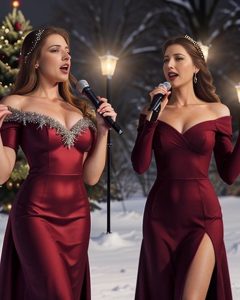The captivating tale of Christmas carols encompasses centuries of rich history and diverse cultural influences. These melodious treasures can be traced back to ancient pagan rituals and celebrations surrounding the winter solstice. In those early days, people would sing songs heralding the changing seasons and the lengthening daylight hours. With the spread of Christianity across Europe, these pagan melodies underwent a transformation, intertwining with Christian themes to become an inseparable part of Christmas customs.
During the medieval era, carols took center stage during Christmas Eve mass and were performed in the solemn language of Latin. However, it was in the 16th century that carols truly blossomed among the general populace. The Protestant Reformation played a significant role in this expansion, advocating for the use of vernacular languages in religious services. As a result, carols were translated into English and various other languages, making them more accessible to a wider audience. This period also saw the emergence of the tradition of carolers going from door-to-door, spreading merriment and celebrating the birth of Jesus.
The 19th century witnessed the pivotal role of the Victorians in popularizing the beloved Christmas carols we cherish today. Embracing the sentimental and nostalgic essence of the holiday season, the Victorians made carols an essential element of their Christmas festivities. The Victorian era saw a surge in the popularity of carols, solidifying them as a cherished part of the Christmas tradition.
The 20th century witnessed the continued growth in popularity of Christmas carols, with countless new compositions adding to the ever-expanding repertoire. Today, these heartwarming melodies hold a special place in our hearts during the holiday season. They unite people in joyful celebrations, serving as reminders of the true meaning of Christmas.

